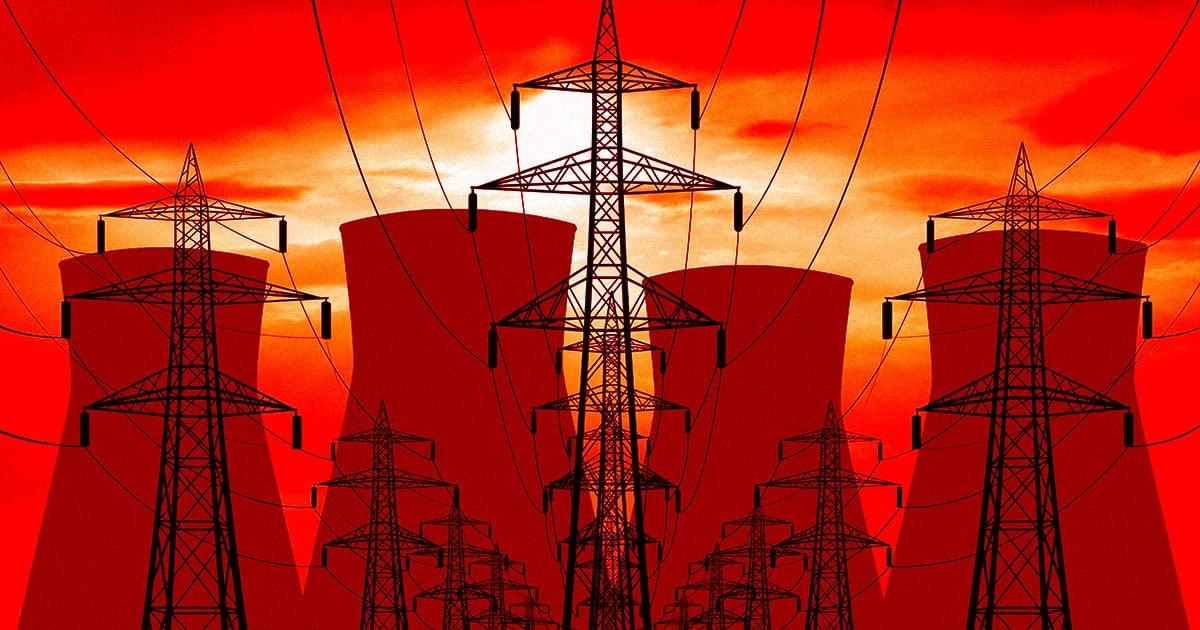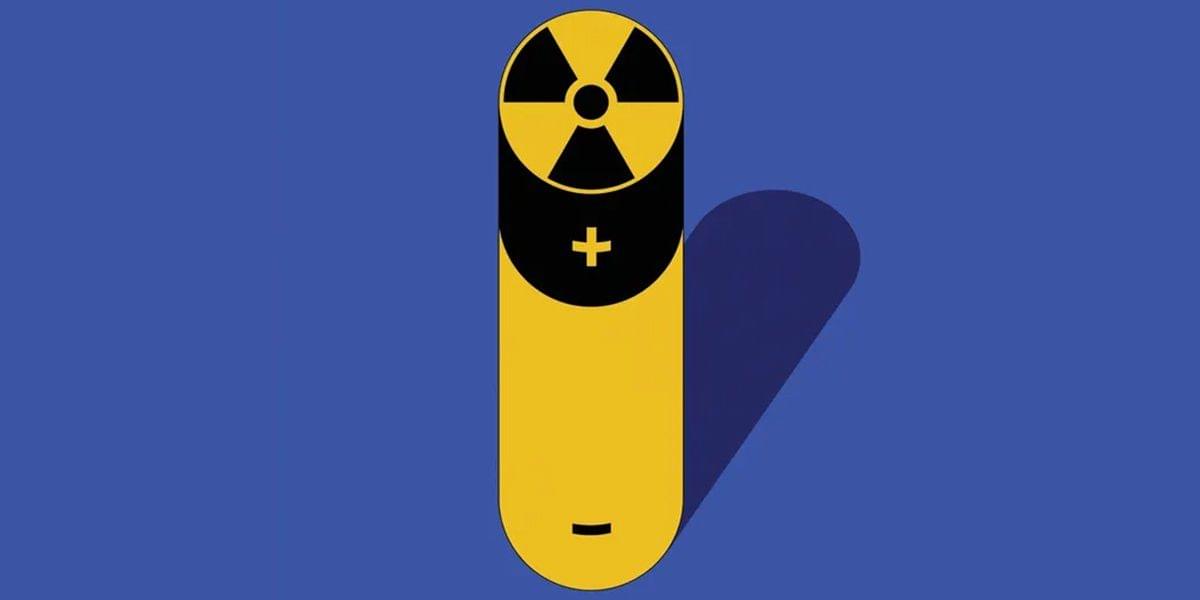Los Alamos National Laboratory (LANL), in collaboration with Lawrence Livermore National Laboratory (LLNL), has achieved a breakthrough in fusion research by
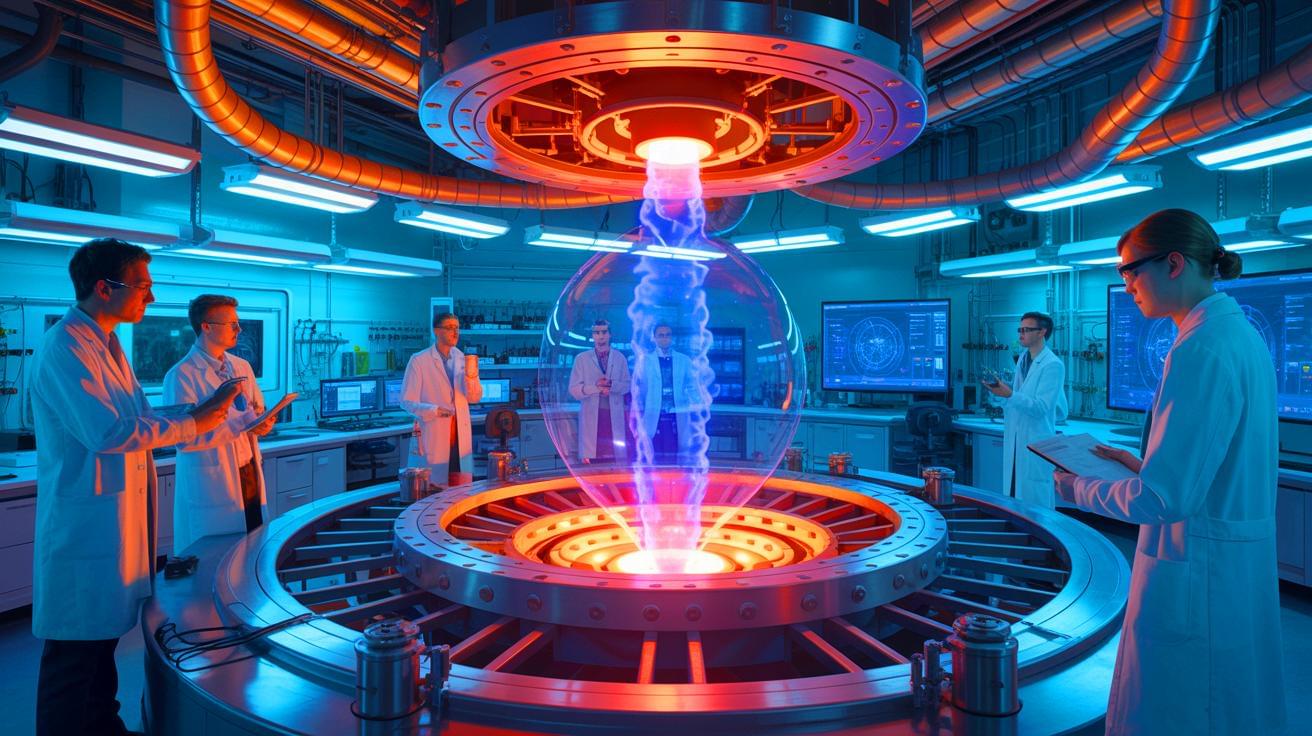

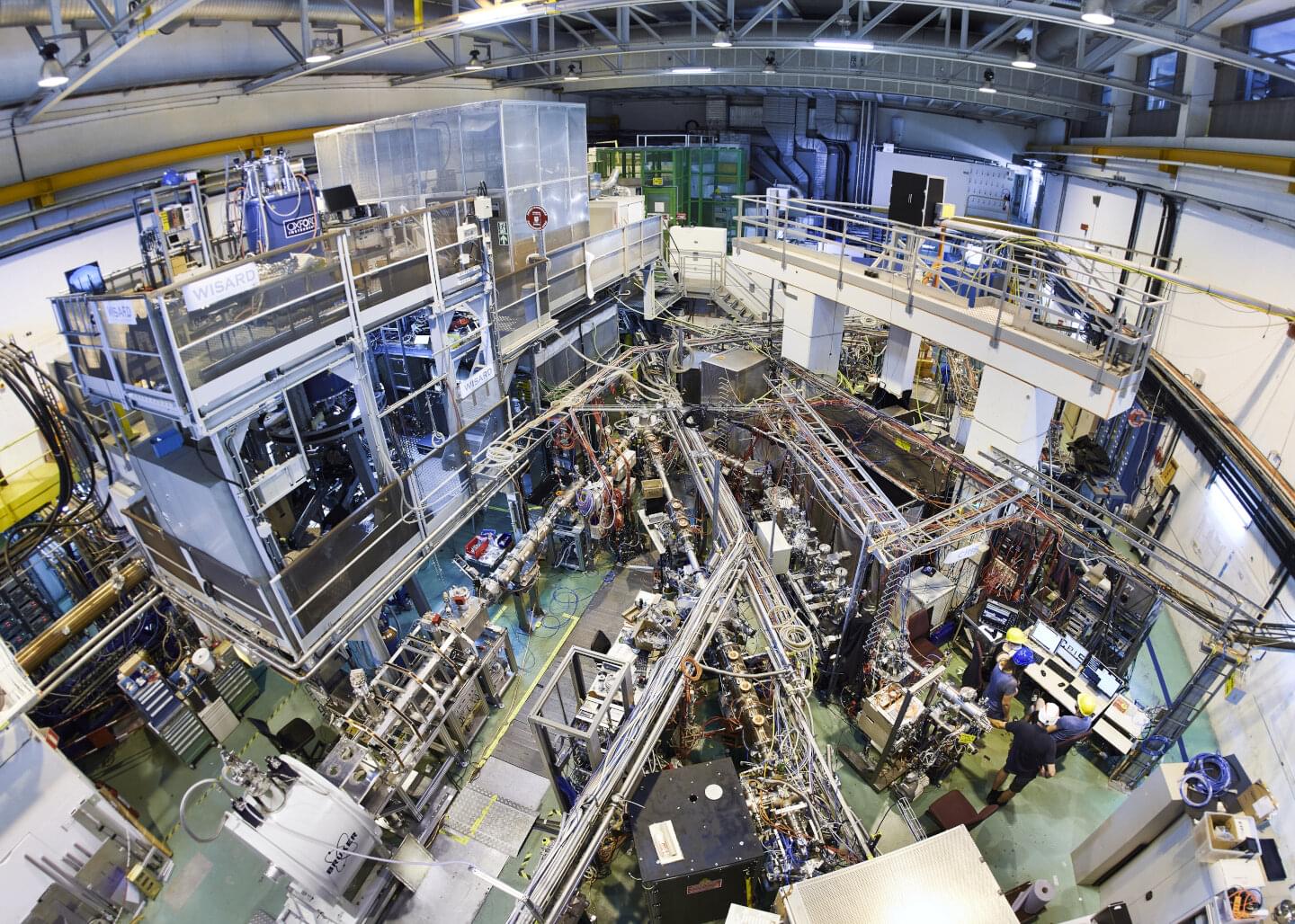
An experiment carried out at CERN’s ISOLDE facility has determined the western shore of a small island of atomic nuclei, where conventional nuclear rules break down.
The atomic nucleus was discovered over a century ago, yet many questions remain about the force that keeps its constituent protons and neutrons together and the way in which these particles pack themselves together within it.
In the classic nuclear shell model, protons and neutrons arrange themselves in shells of increasing energy, and completely filled outer shells of protons or neutrons result in particularly stable “magic” nuclei. But the model only works for nuclei with the right mix of protons and neutrons. Get the wrong mix and the model breaks down.

The final section of what scientists and engineers say will be the largest and most powerful pulsed, superconducting magnet in the world has been completed at the Poway campus of San Diego-based General Atomics.
The 270,000-pound module is poised for shipment to France, where it will join six other identical sections at the ITER project—an ambitious international effort aimed at determining whether the so-far-untapped potential of nuclear fusion as an energy source can be practical or not.
“This is a momentous achievement,” General Atomics Chief Executive Officer Neal Blue said Thursday during a news conference at the company’s Magnet Technologies Center in Poway.

Deep within the rugged hills of Inner Mongolia, Chinese scientists have unearthed something that could reshape the global energy landscape. In the Bayan Obo mining region, researchers have identified an estimated one million tons of thorium —a rare-earth element that could revolutionize nuclear power.

MIT researchers have developed a technique that enables real-time, 3D monitoring of corrosion, cracking, and other material failure processes inside a nuclear reactor environment.
This could allow engineers and scientists to design safer nuclear reactors that also deliver higher performance for applications like electricity generation and naval vessel propulsion.
During their experiments, the researchers utilized extremely powerful X-rays to mimic the behavior of neutrons interacting with a material inside a nuclear reactor.
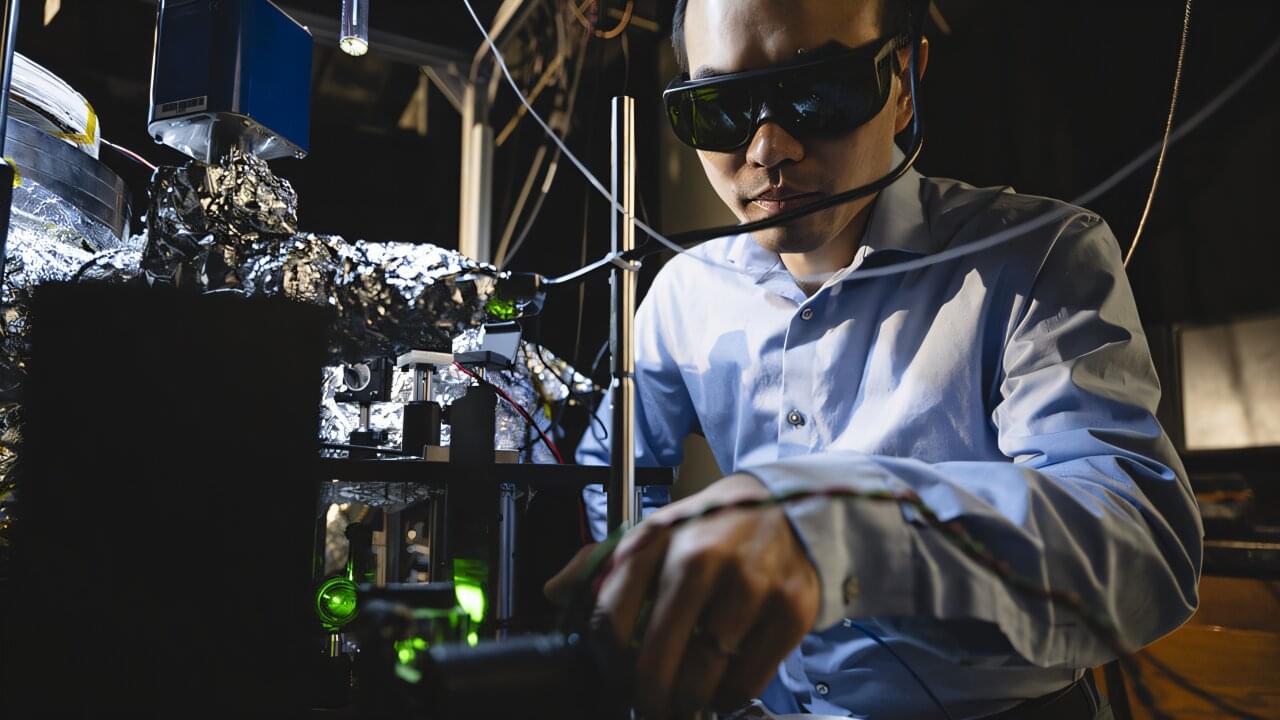
The same technology behind MRI images of injury or disease also powers nuclear magnetic resonance (NMR) spectroscopy, which is used to analyze biological molecules for research on diseases and therapeutics. While NMR spectroscopy produces valuable data about the structure of molecules, the resolution is too low to sense individual atoms.
Now, quantum researchers at Purdue University are advancing an approach that could improve the resolution of NMR spectroscopy to the atomic scale and may also have applications in developing quantum computing and quantum communications.
“Conventional NMR spectroscopy is limited to measuring large samples of molecules. We’re interested in developing technologies that can detect and analyze a single molecule,” said Tongcang Li, professor of physics and astronomy in the College of Science and of electrical and computer engineering in the College of Engineering.
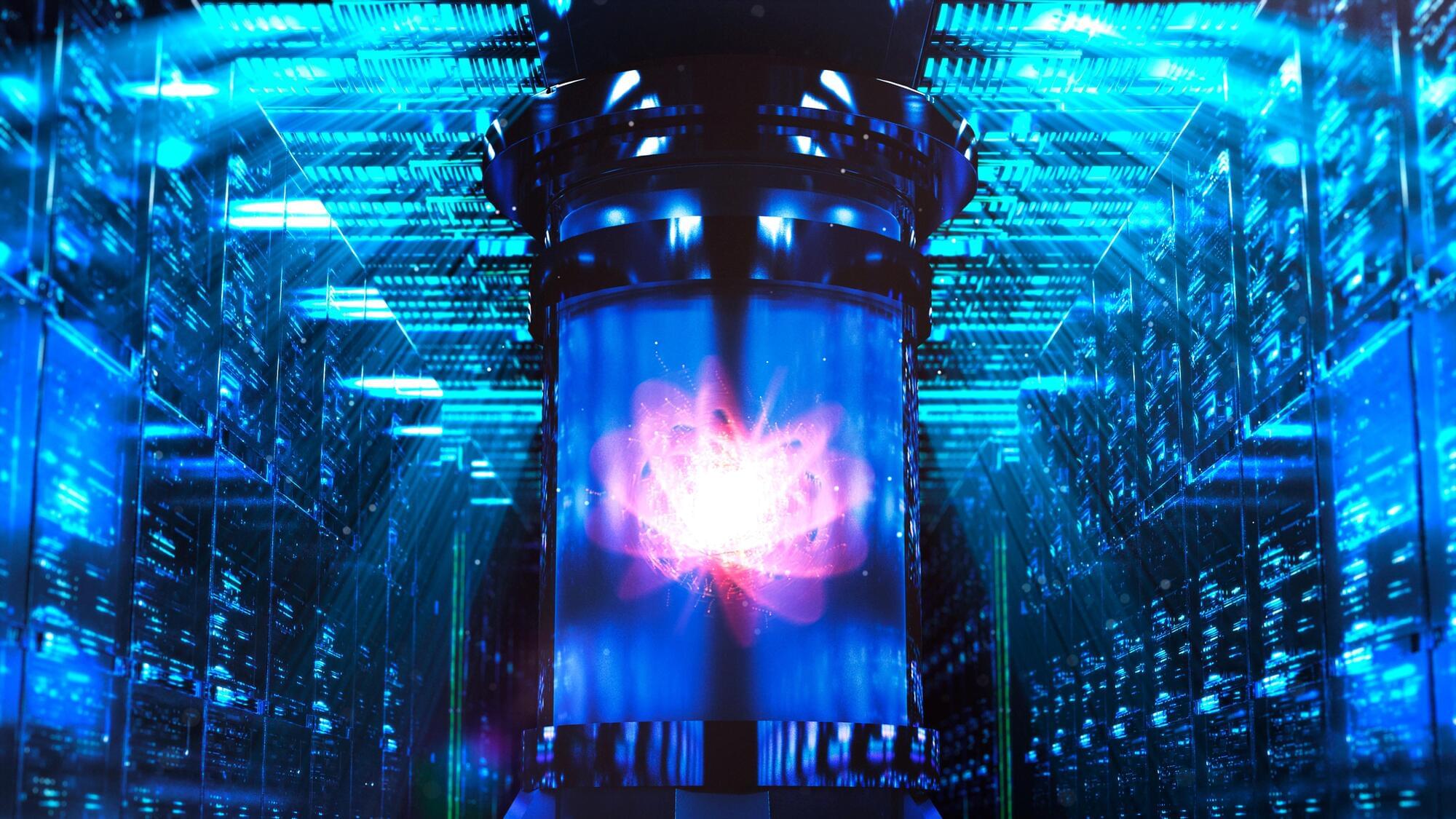

Scientists pursuing magnetically-confined nuclear fusion as a clean energy source grapple with the “core-edge challenge,” the need to integrate the core of the reactor, where plasma must be 10 times hotter than the sun, with the reactor’s edge. The edge must sustain a lower temperature to avoid melting of the material containing the plasma and extracting its energy to produce power.
